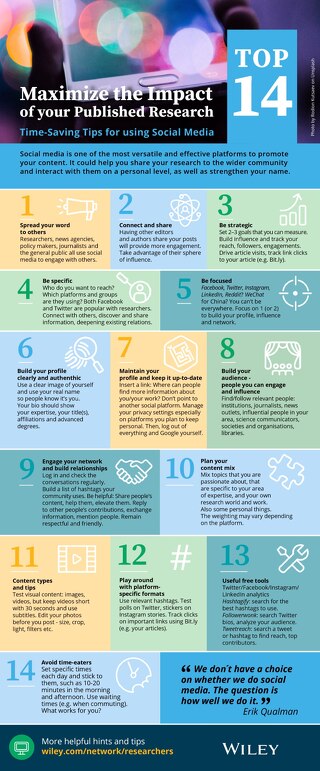5-tips-for-communicating-research-to-policy-makers
June 04, 2019
Last month, I had the pleasure of attending a workshop run by Sense about Science at the University of Manchester, on the topic of helping Early Career Researchers (ECRs) communicate their work to journalists, policy makers, and the general public. Heading into the workshop, I have to admit I was initially skeptical – I remember joking that the priorities of scientists and Members of Parliament (MPs) couldn’t be further apart: after all, isn’t it a scientist’s goal to answer fundamental questions, while a politician’s goal is to avoid answering questions at all costs?
Perhaps the nature of my research as an Electrochemist is partly to blame for my initial doubts about being able to affect tangible policy change. I’m investigating the crystallization of calcium carbonate, a major long-term sink in the global carbon cycle, which directly affects Earth’s atmosphere and climate. Seeing recent policy failures in addressing climate change has not been encouraging for the prospect of an ECR's work making a difference. However, after being given some practical advice in engagement from actual policy makers, I feel that those of you who share my cynicism about turning your research into policy to effect real change shouldn’t be discouraged. In fact, following the advice they gave can maximize your impact and make your voice stand out.
1. Understand who policy makers are and that their priorities will differ from yours
The term “policy maker” may conjure up images of Yes, Minister or The Thick of It, but the reality is far broader in scope. Policy makers can include elected officials such as members of local councils, but can also include civil servants. The job of a policy maker is to find areas of political priority – either to honor the commitments laid out in an administration or government’s plan or to address the concerns of local constituents. When drafting legislation, a policy maker will want to strike the right balance between stakeholders’ interests, public opinion, and scientific evidence in order to ensure the legislation passes.
2. Prioritize who to contact
It’s important to seek out who has already expressed an interest in your area: if a policy maker is already pushing and influencing in an area that aligns with your research, it’s worth getting in touch with them. In addition to individual policy makers, select committees will hold topic-based inquiries, selecting submissions as legal evidence and asking for testimony. If you hear about a select committee that aligns with your research area, write to them! In the UK, a less formal route than a select committee is an All-Party Parliamentary Group (APPG). These are informal cross-party groups with common interests—some will hold seminars or publish reports, and they tend to be very interested in private meetings with academics.
3. Keep it brief
Dr. Sarah Bunn, a scientific adviser at the Parliamentary Office of Science and Technology, showed a word cloud of what policy makers said they wanted from a scientific report. Eclipsing nearly every other word in the cloud was “short.” Policy makers are busy people who prefer reports that are short and to the point. “Short,” however, needn’t be mutually exclusive with other words that appeared in the word cloud, including “clear,” “precise,” “detailed.” and “with citations.” Something comparable to a scientific abstract is ideal—about a paragraph in length that details the major findings that you want to communicate.
4. Focus on what your results are, not how you arrived at them
Communicating to policy makers is very different from communicating to scientists. While a technical audience will be interested in how you arrived at your conclusions and the underlying science, policy makers will be interested in understanding the outcomes and implications of the research: not so much why the results are what they are, but what they show and what the next logical step is.
5. Team up with other scientists, non-profits, and third parties
Noble as it might be to try and effect change as a lone voice, a more pragmatic approach is to team up with other scientists, non-profits, and interested parties who are invested in your research. This may require you to be a little flexible in your messaging, but it will ultimately give your message a greater impact. Building a consensus around a topic and demonstrating how your work impacts others makes your message harder to overlook.
Communicating with policy makers can feel daunting, but using these tips can set you on the right path toward ensuring your research has an impact.














